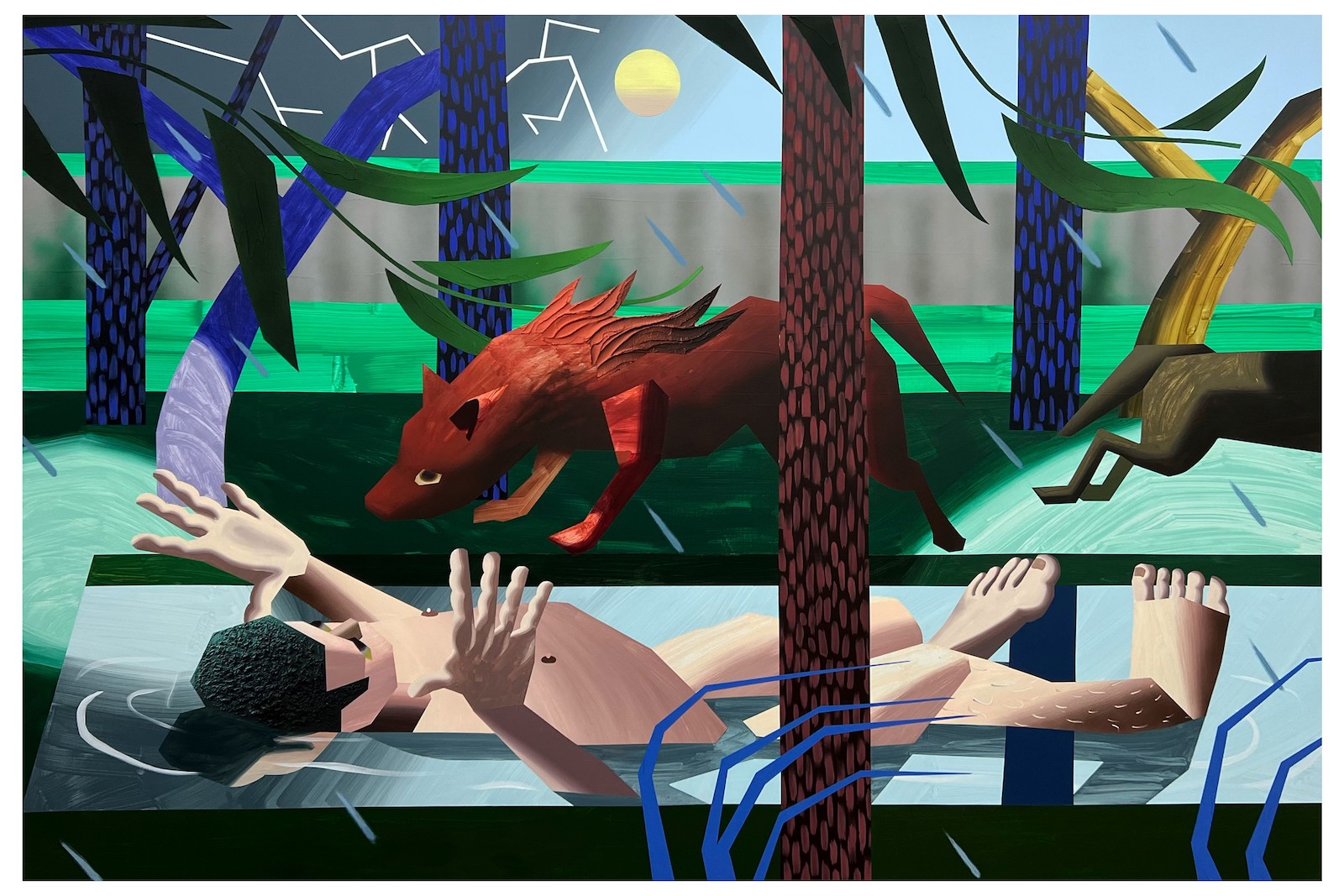There’s been a lot of chatter about NFT trading recently, but doubters have been over the top with their concerns. We mustn’t get too bogged down by the critics – the future of digital art is bright.
Digital artists are some of the most forward-thinking creatives that the industry has to offer and their latest innovations are genuinely something to behold. Traditional and digital art are merging, and it’s going to take the art world by storm. (To recap, read our explainer in ‘What are NFTs‘ and take a look at a quick tutorial on how you can create an NFT for free.)
What fascinates me about the digital art space is its relentless pace of innovation. That ever-changing nature is similar to the venture capital industry that I come from. Plus, I am lucky that through the LIAN Foundation, our non-profit arm at LIAN Group, we have the privilege of connecting with some of the most future-focussed digital artists out there.
That’s why I truly believe that digital art will continue to grow. NFT trading may have been slowing up, but innovations in digital art have certainly not.
Over the past few months, we have seen the traditional, physical art world merge with blockchain tech in ways that would get even the most sceptical collector excited.
In May, Artrade announced its new ‘fragments’ Real World Asset (RWA) tokens which allowed collectors, or really anybody at all, to buy fractional ownership of a Pablo Picasso sketch (Forbes). I cannot overstate how exciting this was; it was a first glimpse into how blockchain tech could enhance the traditional art market.
And it doesn’t end there. Further recent innovations come from Parker Ito who, through a collaboration with Zien, is giving collectors the chance to buy an NFT, which they can then redeem for a physical oil painting (FAD magazine).
Parker Ito is giving collectors the chance to buy an NFT, which they can then redeem for a physical oil painting
Fiorenzo Manganiello, co-founder and managing partner of investment firm LIAN Group
The traditional and digital art worlds have officially met; over the next few years I am sure they will become incredibly familiar with each other.
I know that there might be some doubters, after all, there are still legal cases trying to oust AI, NFTs and other tech from the art world. But there’s no question that regulations would reassure collectors and investors that they can get behind the innovations which are coming thick and fast. I do believe that, as the traditional and digital art worlds merge more, these regulations will be introduced.
But, frankly, the lack of regulation isn’t going to curb the rapid advance of these technologies. Regulations will help take digital art and NFT sales to the next level, but even without them, sales will grow.
Sales are helped along by the fact that traditional auction houses like Sotheby’s and Christie’s have been championing digital art since its explosion in 2021. That commitment has remained solid.

These auction houses have approached digital art just as innovatively as the artists behind the pieces. Sotheby’s Metaverse launched in 2021, and two years later, they expanded the secondary market demonstrating an unwavering commitment to the potential of digital art. Sotheby’s Metaverse is a fully on-chain secondary market, fusing the traditional auction house experience with blockchain technology.
Sotheby’s continues to make significant sales from digital art, too. They have already held eight digital art sales this year, with the most recent featuring CryptoPUNK and Beeple NFTs: two of the biggest names in the NFT sphere.
The steady stream of digital art auctions shows us that this type of art is now a mainstay for traditional auction houses. Sales will only grow as more cutting-edge trends capture the imagination of digital and traditional collectors alike. In fact, I believe that auction house digital art sales might even increase tenfold over the next five years as these fusions legitimise digital art for a wider pool of investors.
So, while some may be questioning the viability of NFTs, writing off the digital art market would be foolish. The coming together of physical and digital art is just another in the long line of innovations that have kept the industry on its toes. These developments will ensure that digital art continues to thrive and that sales skyrocket over the next few years.
Visit the Lian Foundation’s gallery of new artists for inspiration. And if you’re keen, why not download some of best digital art software and start your art career.
This news is republished from another source. You can check the original article here










